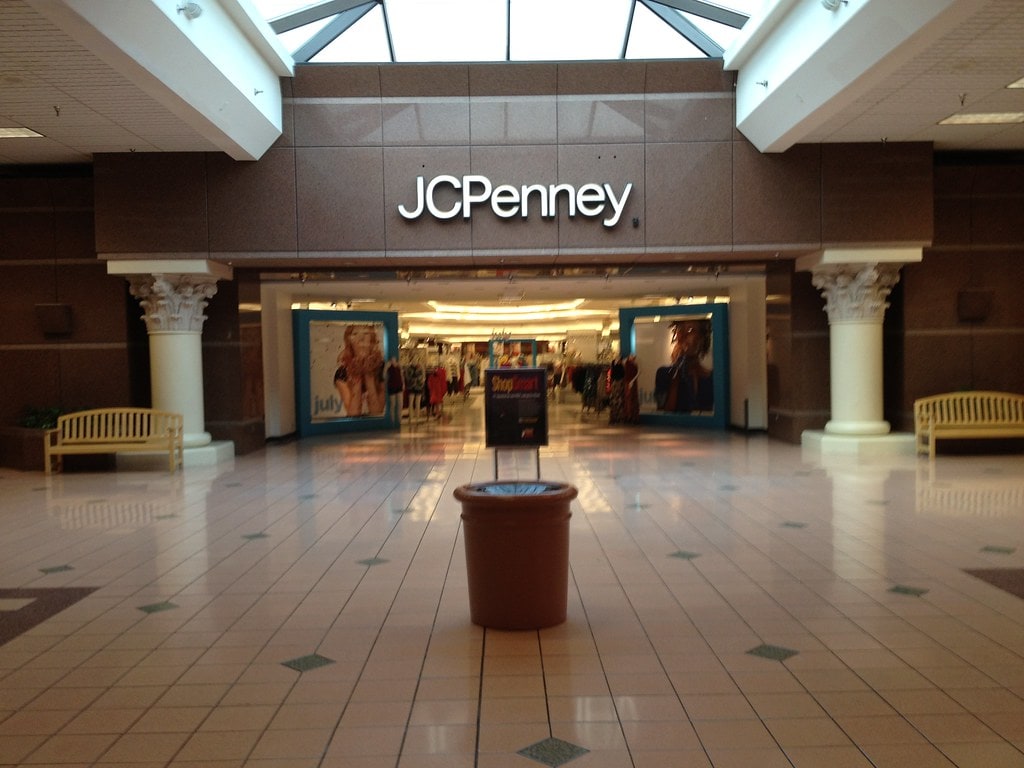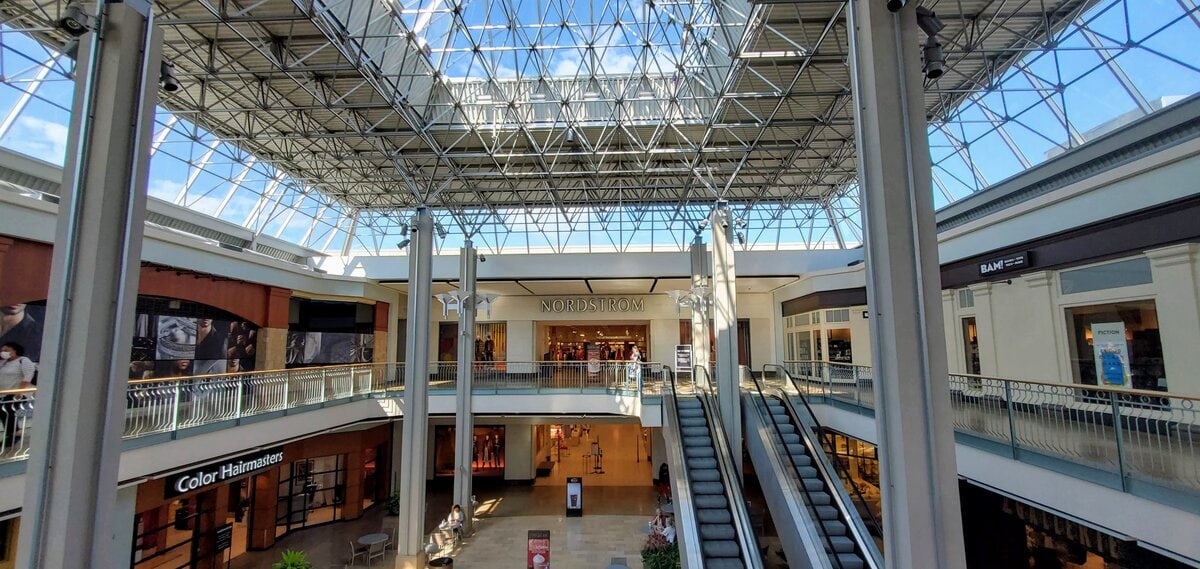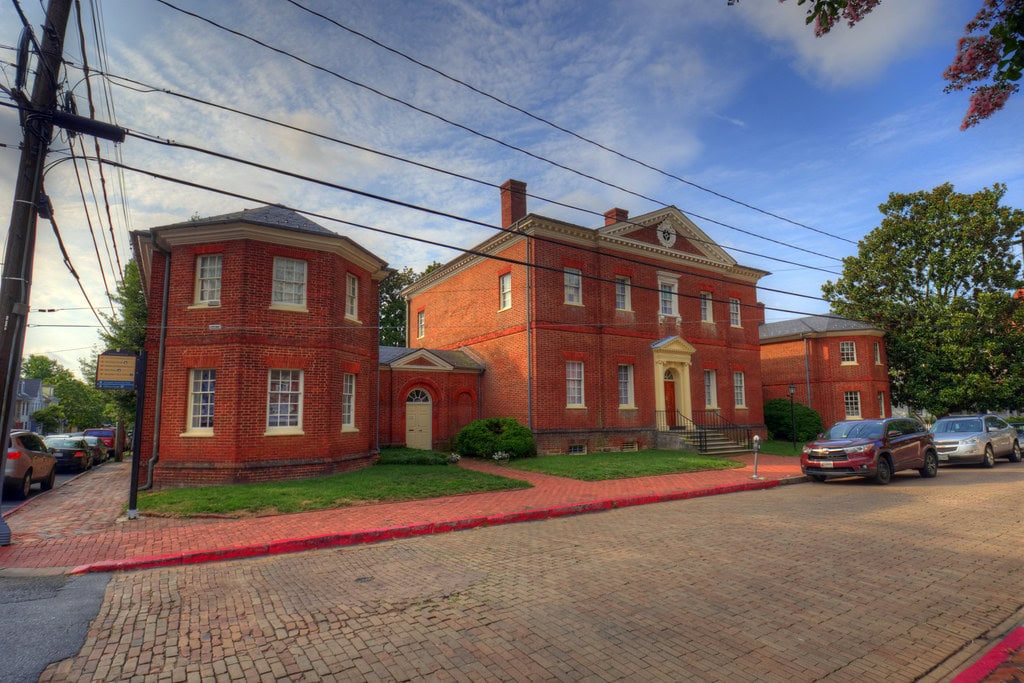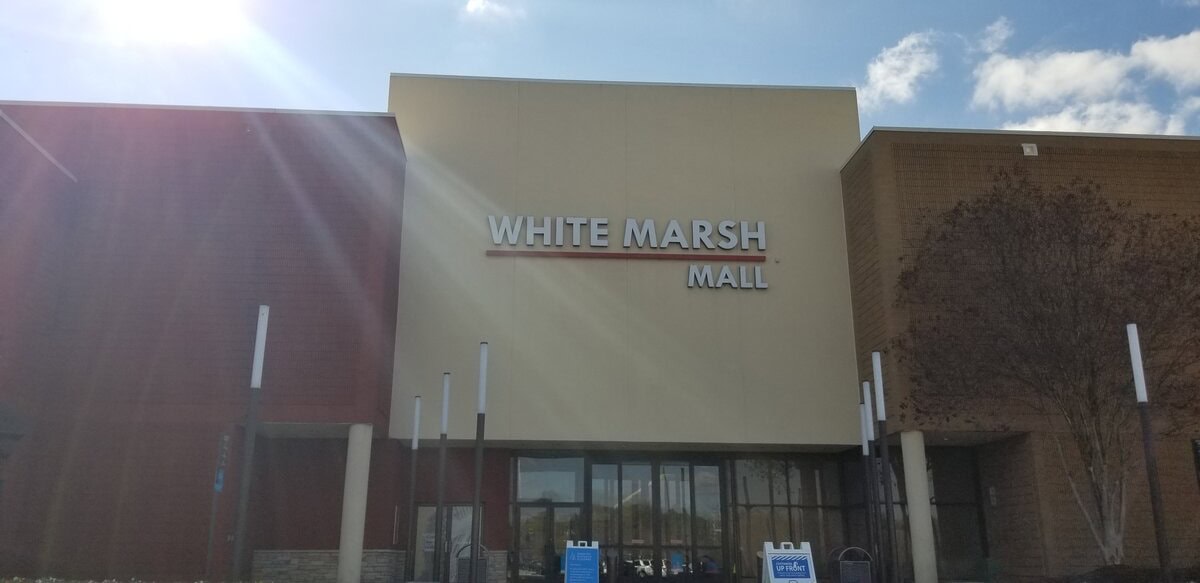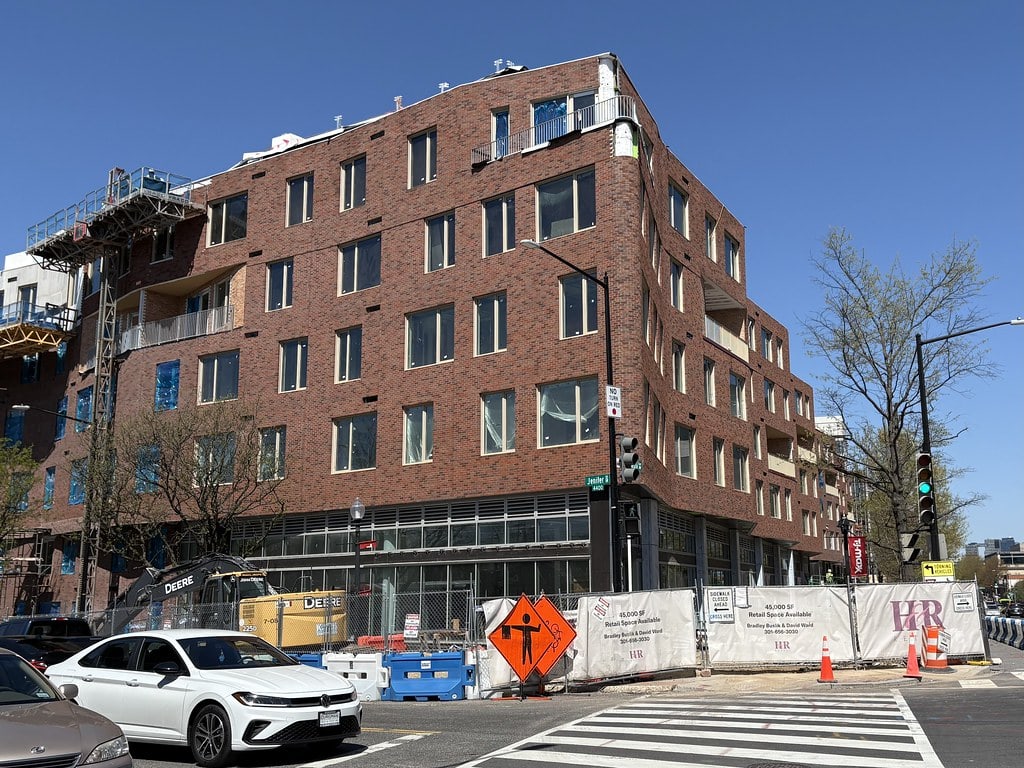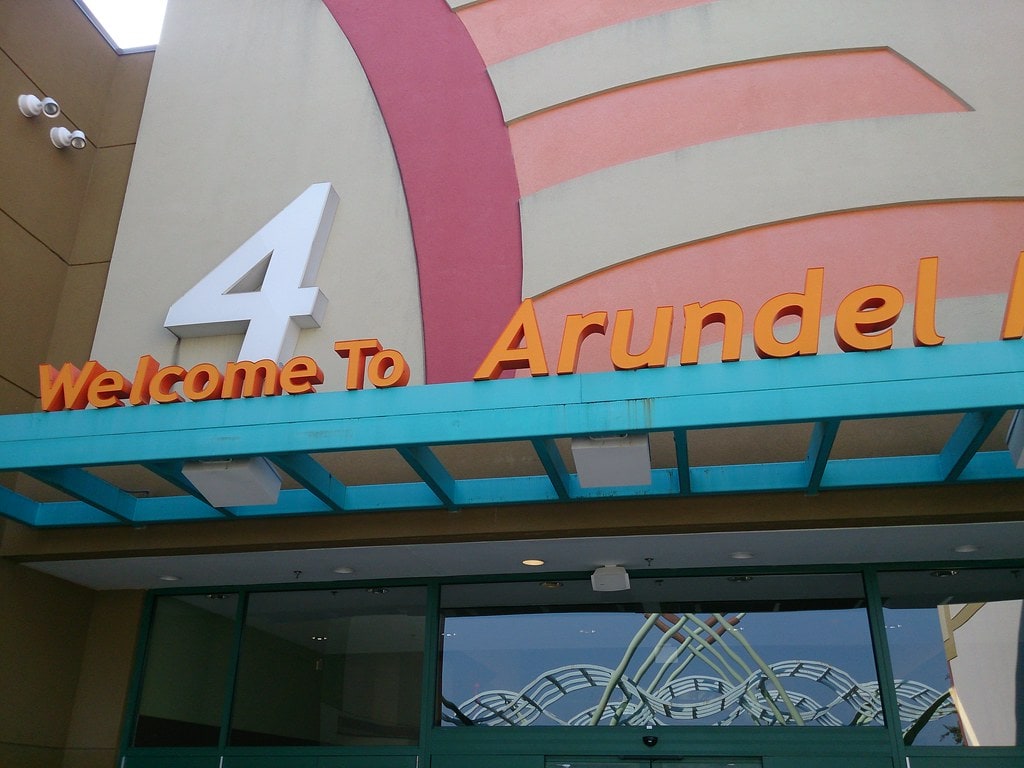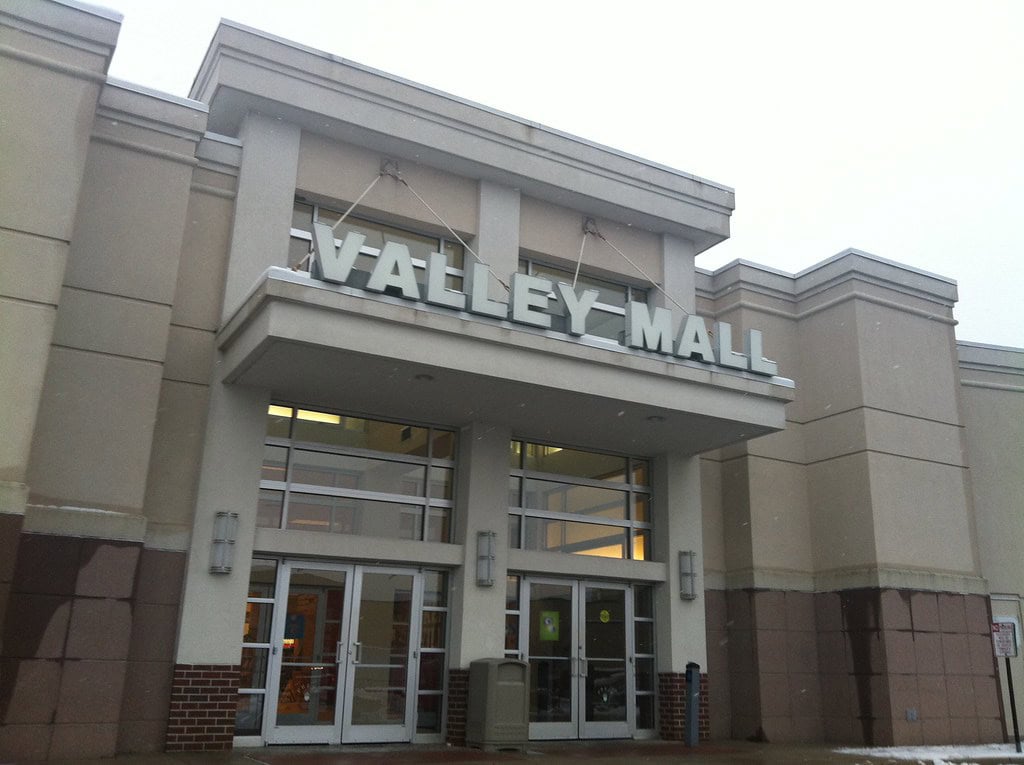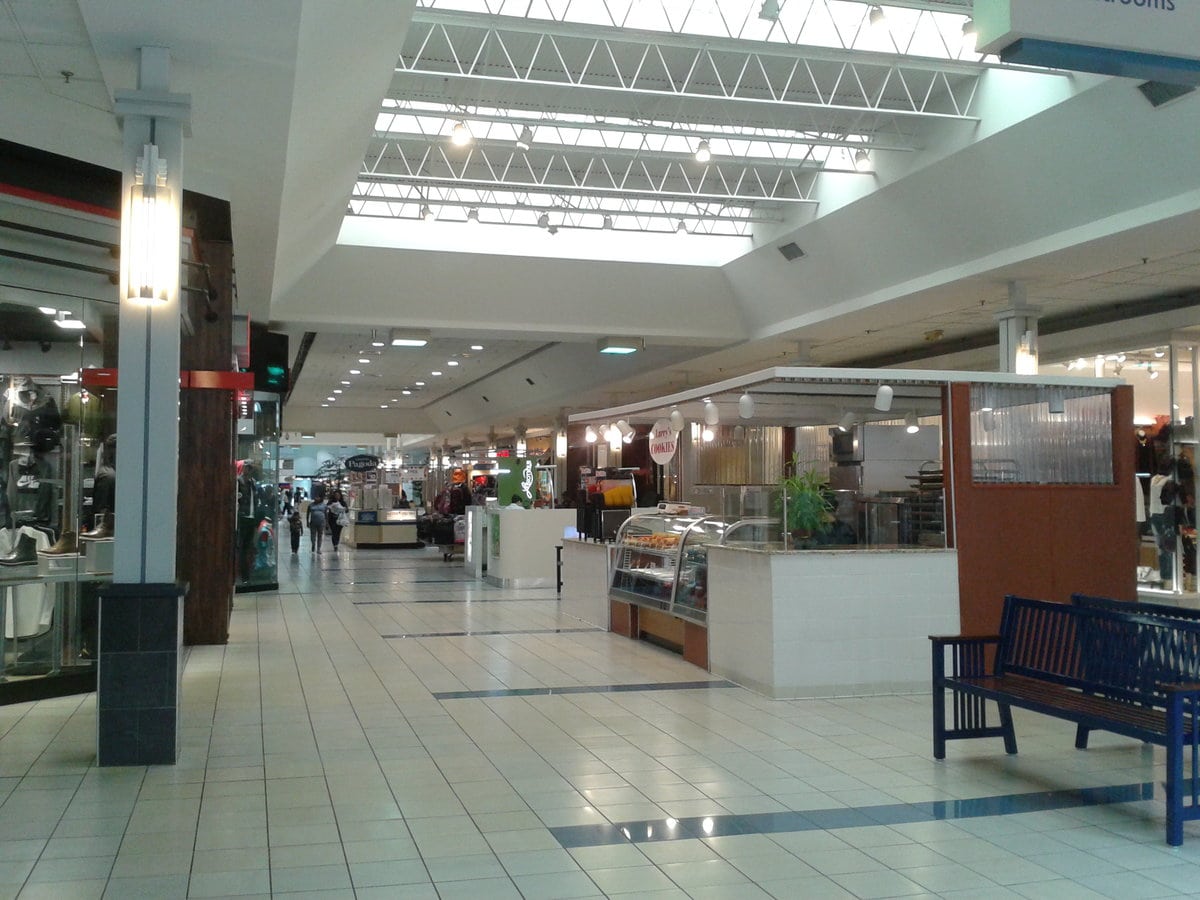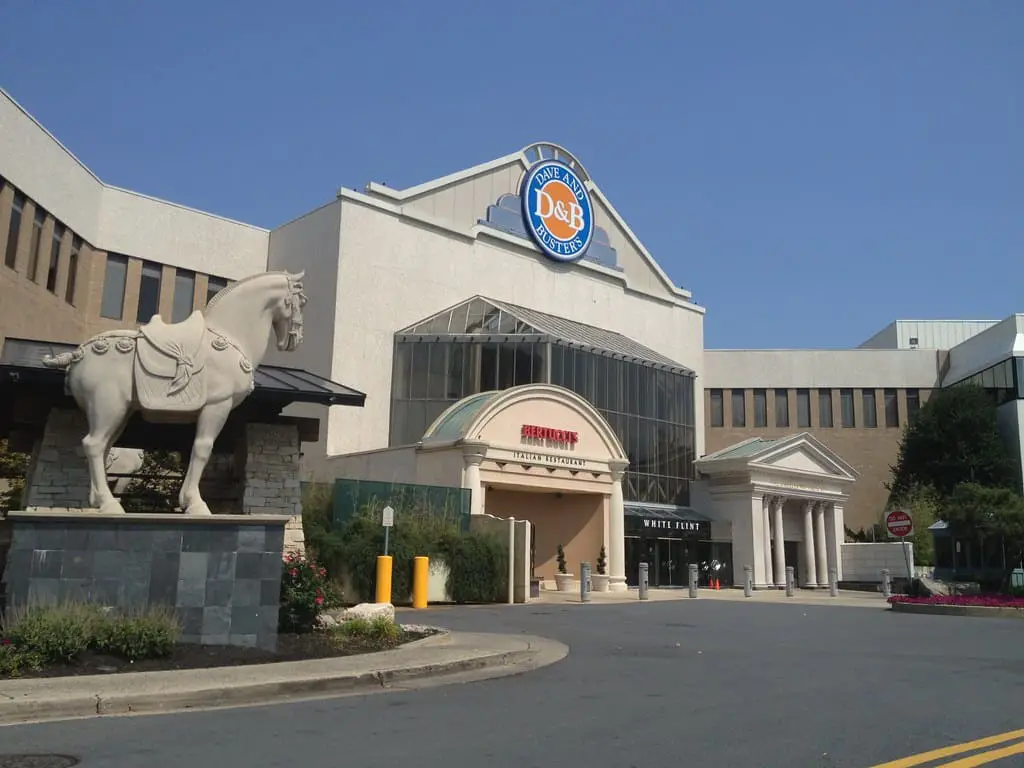Launch and Location Strategy (1978-1990)
Francis Scott Key Mall opened its doors in 1978 on Buckeystown Pike in Frederick, Maryland.
At the time, Crown American, the mall's original developer, chose a location just off Interstate 270 and close to Route 85.
That decision gave the mall visibility and easy access for drivers coming in from across Frederick County and beyond.
This was Frederick's second enclosed mall. Frederick Towne Mall had launched six years earlier, in 1972.
By the late 1970s, suburban-style retail was already taking hold in mid-sized cities, and this new site gave national chains space to expand.
The mall's first three anchors - Sears, Hess's, and Gee Bee - were staples of American retail at the time.
Each one filled a large footprint and drew steady weekday and weekend traffic. Woolworth was also part of the original lineup.
If you were putting together a list of things to do in Frederick, Maryland, back then, this mall would have been on it.
Anchors, smaller stores, and nearby road access gave it an edge in local retail planning.
Lease Shifts and Retail Realignment (1991-2008)
By the early 1990s, Francis Scott Key Mall had settled into its role as the county's primary retail property.
But behind the scenes, store turnover was picking up.
In 1991, Leggett opened on-site but changed hands by 1996 when JCPenney purchased the space and moved in from Frederick Towne Mall.
That shift marked one of the first moves in a broader reshuffling of major department store leases.
Hess's sold its location to Hecht's in 1995.
Hecht's, at the time part of May Department Stores, brought a fresh inventory approach but lasted just over a decade under that name.
In 2006, the space changed again - this time into a Macy's, following the national merger between May and Federated Department Stores.
The older Gee Bee anchor saw new life when Value City moved in around 1992.
That lasted through the early 2000s until the company restructured and closed underperforming stores.
In 2008, the former Value City floor plan was divided, and two national chains - Value City Furniture and DSW - split the space.
Woolworth had already bowed out by the mid-1990s, part of a wave of closures across the country.
Its departure made room for smaller units - boutiques, seasonal sellers, and quick-turnover tenants.
This parceling strategy made economic sense for a mall chasing lease stability.
Barnes & Noble opened at the mall in 2007, adding a large-format bookstore to the footprint.
It offered a quieter draw for shoppers who wanted more than soft goods or clothing.
By 2008, the mall's tenant mix had changed - it was less reliant on department stores and more focused on middle-tier national brands and cross-use retail spaces.

Property Updates and Exterior Build-Out (2009-2014)
Between 2009 and 2014, Francis Scott Key Mall made visible investments in its physical site.
Exterior changes were most noticeable on the west side, where Dick's Sporting Goods opened in a newly built structure close to the former Sears and the Value City Furniture-DSW pairing.
That expansion finished in 2014 and gave the mall a fresh anchor without replacing an old one.
Around this time, internal renovations picked up.
While there were no major layout overhauls, updates to flooring, signage, and common areas made the interior look less dated.
These improvements followed broader trends - mall operators were trimming down on major structural spending but still freshening up surface details.
New food outlets also arrived. Red Robin set up near one of the mall entrances, and BJ's Restaurant & Brewhouse opened on an exterior pad site.
Both were part of a strategy seen in other regional malls: adding restaurants with table service to stretch visit times and attract off-peak foot traffic.
Fashion retailers filled in smaller units. During this window, H&M took space inside alongside American Eagle and other mid-tier clothing brands.
These stores attracted younger shoppers, especially during sales events and back-to-school periods.
Parking lots were re-striped, and transit access remained intact - TransIT routes 10 and 20 continued to stop at the mall.
Francis Scott Key Mall stayed busy, but the upgrades pointed more toward stabilization than growth.
Anchor Closures and Lease Volatility (2015-2023)
From 2015 through early 2023, Francis Scott Key Mall operated under retail conditions that were already shifting.
National brands were pulling back, and consumer patterns were moving online.
The mall stayed active, but the pace of change picked up - and not in a steady direction.
One of the biggest developments by the end of 2022 involved Sears.
The closure was announced on December 12; by January 15, 2023, the store had closed.
That wasn't isolated - this location had been the last full-service Sears in Maryland.
Even before Sears exited, some tenancy churn was visible in mid-size and inline stores.
Brands rotated faster than they had in the 2000s.
One holiday season might bring in a tech pop-up or discount clothing chain, only to have the unit vacant by spring.
These were short-term leases filling square footage gaps.
Francis Scott Key Mall management didn't publicly announce large-scale renovations during this time.
Upkeep was ongoing - basic cleaning, lighting, and parking lot maintenance - but no structural changes or new amenities were added.
By 2023, the absence of a redevelopment plan for the Sears space was starting to stand out.
Redevelopment and Real Estate Planning (2024-Present)
In 2024, Dick's Sporting Goods announced it would open a House of Sport at the Francis Scott Key Mall, taking over the former Sears space vacated in 2023.
The store includes an attached 18,500-square-foot athletic field.
The field will be fenced and accessible only from inside the building.
The development includes new lighting and site modifications.
Parking will be slightly reduced, and bike rack options may be added nearby.
The full site spans 48 acres, covering the old department store, adjacent parking, and the new recreation area.
The project is expected to be completed in 2025.
Dick's House of Sport is a larger retail format that first appeared shortly before 2020.
It includes features like climbing walls, multi-sport cages, and putting greens.
Only some locations include outdoor fields like the one planned in Frederick.
The field is intended for both gear testing and community use.
The current Dick's Sporting Goods store, located between DSW and the former Sears, remains open during construction.
Instead, a gym is expected to move in once the new House of Sport location opens.
That shift - one building going dark, another switching from retail to fitness - is one of the more concrete real estate plays at Francis Scott Key Mall since the early 2010s.
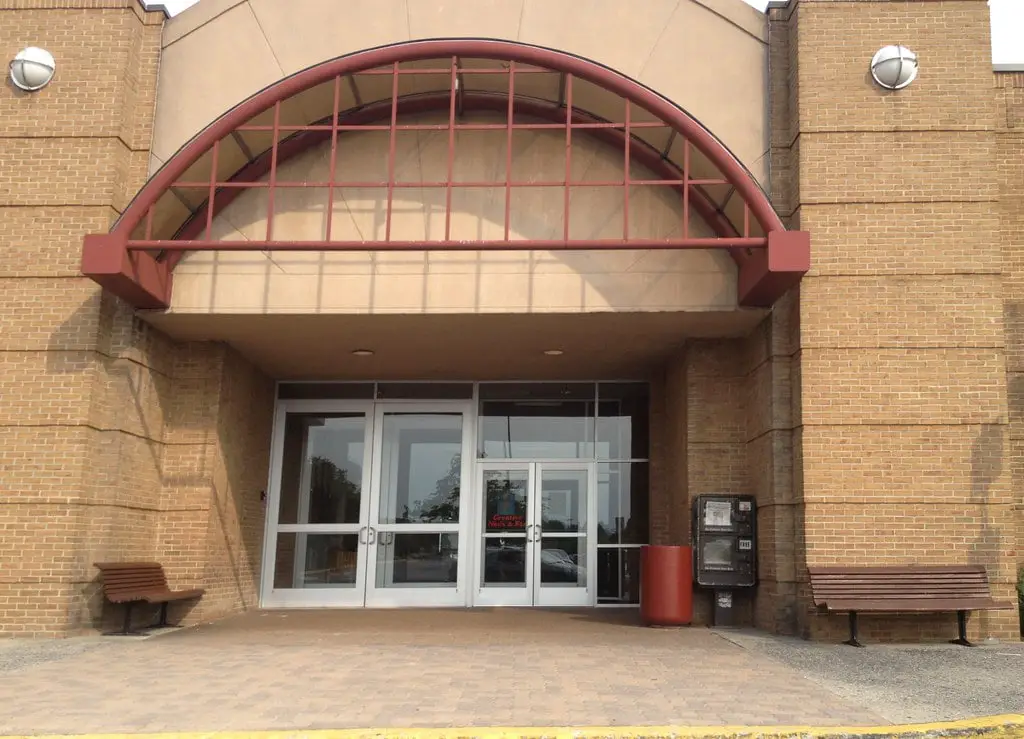
Meanwhile, other anchors still operate. Macy's, JCPenney, and Barnes & Noble are open.
DSW and Value City Furniture are also tenants. Inline tenants rotate, but national chains still occupy large units.
Just beyond the mall's footprint, Maryland's Department of Transportation added the MD 85 corridor to its 2025 priority list.
The area, which includes the mall entrance, is scheduled for widening and reconstruction.
The proposal calls for safer vehicle access, improved sidewalks, and space for bike traffic.
It's framed as a mobility upgrade but also as groundwork for private redevelopment.
Safety made headlines in March 2025 when a store employee was stabbed inside the mall.
The suspect was arrested, and charges included assault and reckless endangerment.
The incident didn't prompt immediate changes to security, but it added pressure on mall management to address visibility and patrol practices.
Together, the Sears replacement, safety response, and corridor plan sketch out Francis Scott Key Mall, which is still in use but in the middle of a shift, with new tenants arriving while older models fall away.
The pieces are moving, even if the full picture isn't yet clear.
